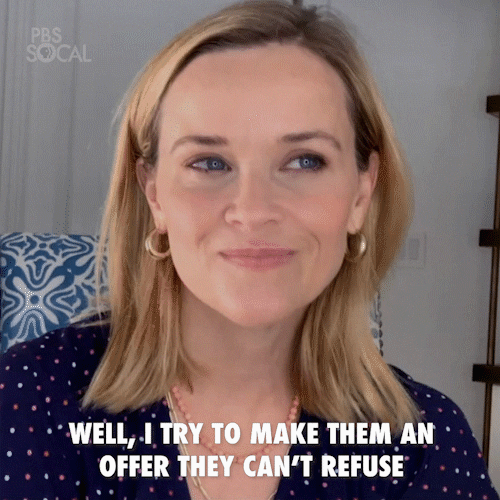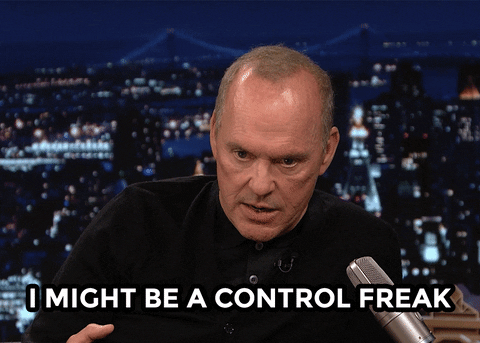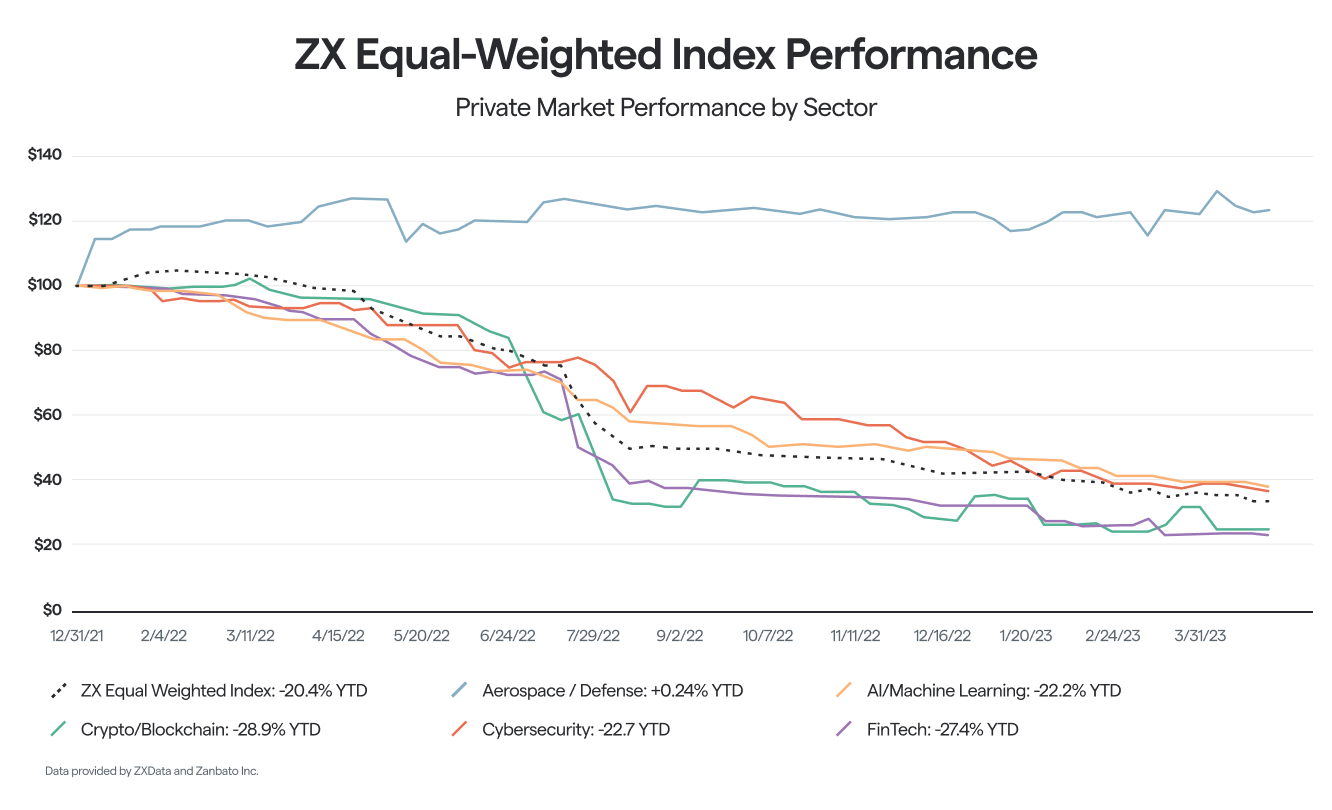🔑 The key to selling on the secondary markets
One of the more common topics from our clients, and from others in the startup community we’ve been speaking to, is about helping them sell their private company stock options or shares. There’s a lot of desire for liquidity right now, given the IPO market has been closed and there’s still value in pre-IPO equity. And the obvious, and often only, place to sell is in the private markets — aka secondary sales.
So, I wanted to cover some basics about secondaries, the current state of secondaries, and what you should consider when looking to sell.
If you are looking to sell, or considering it, we’re happy to chat. Our team has been helping folks with the entire process including creating a plan, finding buyers, negotiating the price, and finalizing the sale. Feel free to reply if you want to learn more.
🛒 What is a private, or secondary, market?
First, a quick clarification. Some companies organize tender offers (sometimes called secondaries), which we’ve talked about recently, meaning that the company is allowing a set number of shares to be sold to specific investor(s) over a specified period. Yes, Stripe (as we’ve mentioned) is gearing up for this. These often happen around fund raises. Unfortunately, tenders have dried up with the bear market. Out of the hundreds of companies that we work with and track, we have seen only three companies hold a tender offer in 2023. Compare that to 2021 where it felt like every week there was a new funding round and an accompanying tender offer. However, once the market and IPOs come back, and funding picks up, we should see more tenders.

A secondary trade is different from a tender as it’s organized by the shareholder or their advisor, rather than the company. The shareholder (usually an employee) finds a buyer through connections or works with a partner who can find a buyer for their shares. These partners — what we usually refer to as a “secondary market”— usually charge fees based on a percentage of the total transaction cost.
Buyers typically only transact in later stage companies when it comes to the secondary markets. There are exceptions but, generally speaking, most buyers will only look to buy shares of companies valued at $1B or greater. The reason being that these companies are safer from a risk standpoint and also more likely to exit sooner, turning illiquid shares into liquid ones.
🛑 Secondary transactions can come with more restrictions
There’s one major difference with private markets: Unlike the public markets where you can buy and sell shares nearly instantly, the ability to sell your private shares on the secondary markets is controlled by your company and the board of directors.

Most companies have strict transfer restrictions, meaning that they may block you from selling shares outright or perhaps impose restrictions such as that you can only sell a percentage of your shares. Some even require that you sell the shares at or above a certain price to be approved, although this is rare and reserved for some of the top tier companies that can command a minimum. Some companies also may charge transaction fees for legal and administrative costs for selling on a secondary market. Some may also have a right of first refusal (ROFR) where you need to present your potential sale, and they have the right to buy back your shares first (not necessarily a bad outcome, but adds another layer to the process).
The reason for these restrictions is because, as a private company, they want to ensure their cap table is clean and most want to know who owns their shares. It’s about protecting the integrity of the company, but it doesn’t necessarily mean you can’t sell your shares.
But, it does mean two things on the secondary markets:
- Trading volume is lower compared to public markets.
- Information asymmetry between buyers and sellers can be very high.
First, due to these restrictions, the fact that buyers are typically looking at late-stage startups, and that not all potential sellers (employees or execs) are looking to sell means that volume is lower than public markets. Plus, volume can fluctuate based on macroeconomic trends — like when people are more interested in selling vs. holding out for an IPO.
Second, unlike public stocks where (generally) all information about a company is available to the public, that’s not true for a private company. There’s also no such thing as “insider trading” in the secondary markets. Good investors on the public markets will often ask, “who’s on the other side of this trade?” In the private markets, most buyers are institutional investors who can often know more about your company than even you.
Another difference in the secondary markets is that not all sellers are on a level playing field. Volume-based pricing happens in the secondary markets and access to investors matters significantly in this world. Someone selling $10M worth of shares will likely command a better price per share than someone selling $100k worth of shares. Secondary buyers prefer to buy in large blocks to limit the administrative and legal work. Generally, people with more stock (founders and executives) tend to have better resources to bypass restrictions as well as find buyers.
Even when you don’t have these restrictions, or are able to bypass them, finding a buyer can take time. And, even if you find a buyer, you’ll likely still need to go through your company’s administrative and legal process. If you’re on a tight timeline — for example, you left your company and have 90 days before your equity expires — completing a transaction within that time frame may not be in your control.
All of this is not to discourage any of you, it’s just the reality of what happens on the secondary markets. If you do want to sell, you should find out if your company has any restrictions first and then set realistic expectations about the process. Selling on the secondary market can still be a great outcome and may make sense for you.
So, what’s happening in secondary markets right now?
🚩 The state of the secondary markets in 2023
This should be no surprise given the pullback in tech, but the secondary markets aren’t as rosy as they were a couple years ago. Pricing and volume are down significantly since the start of the bear market, and that’s mostly true across all sectors.

There’s also general consensus that the difference between the bid and ask prices (or bid/ask spread) has also grown wider. Investors are sitting on a lot of cash and waiting for the markets to settle. The buyers that are active are mostly doing so opportunistically.

On the other side, sellers are hoping for a pricing rebound. It’s been hard for many to sell shares at a discount of where they were in 2021, and many are content to wait out the storm.
But, all that said, there is hope on the horizon. I reached out to our friends at Zanbato, who provided the charts above, about what they’ve been seeing on their platform recently. Here's what Akrati Johari, Chief Growth Officer and Head of ZXData at Zanbato said:
"The bid/ ask spread chart above illustrates a persistent gap between the prices buyers are willing to pay and what sellers are willing to accept. However, a noticeable shift that has started recently is that more and more sellers are giving in and adjusting their prices lower. There has also been a significant increase in buy interest on our platform over the past couple of months. Both of these trends have been helpful for opportunistic buyers to step up and start building positions at significantly discounted prices."
The good news is that with the market settling a bit, we’re starting to see activity pick up. Buyers are starting to deploy capital again. Bids in some companies are starting to come up, slowly but surely.
On the sell side, there is a high demand for liquidity right now. Many sellers have been happy to wait, but for how long? Just as we hope to see the public markets settle towards the end of 2023 and IPO activity to pick back up, activity on secondary markets could also increase.

We may not see another 2021 in our lifetime, in terms of valuation and pricing, but many startups are still growing. Unfortunately for many companies with high valuations, it may take years for the market to rebound back to 2021 prices. But that doesn’t mean that liquidity is completely dry. Startup employees may have a great opportunity in the coming months.
So let’s talk about how we can maximize the potential opportunity ahead.
🙋 So, should you sell on the secondary markets now?
Well, that’s not actually for me to say. As my colleagues John and Chris would say: Everyone’s situation is different. Though, if you do want to talk to them they can help advise you, and have a fiduciary responsibility to act in your best interest as registered financial advisors.
What I can provide is some information on how to level out the playing field and put yourself in the best position when looking to make a sale.
First, don’t go into it blind. Arm yourself with the right information. Sometimes this may mean partnering with people who have that information and can help put you in a better position. You should also create a plan so you can be opportunistic when great deals come up. Let’s dig into this a bit more.

I wrote earlier that buyers often know more information than you. That’s because it’s their job! They’re professional investors so they spend their days looking at companies and finding opportunities. Most of you are busy building your companies for a living and not looking at startups and the secondary market — though I know there’s a few of you out there that do 😉
To maximize the value of your shares, you want to know the prices that people are currently buying and selling at, and the recent deals that have gone through. The first step is getting informed, or finding someone that is informed to help navigate the secondary markets for you.
Next, if you want to get a step ahead, you need to make a plan. That plan ideally is catered around your financial goals and belief in your company. You can’t predict the future, but you can craft a plan that factors in your cash needs today and the future, while also eliminating the emotional side of selling the shares.
Again, unlike selling shares in the public market, it can take a lot of time to find a buyer at a price that you like. Not to mention the time it takes to go through the transfer process. Having a plan in place allows you to be quick to act when those opportunities come up. You’ll know how much you want to sell and when, and can jump on those great deals when they come up. This also helps remove seller’s remorse.
Great deals come and go in the secondary markets. You can’t control the market, but you can make the market work better for you by having a plan in place.
Another reason to get ahead of things and start making a plan today – volume based pricing.

Individuals, or groups of individuals, with more shares will almost always get better pricing. By working with your friends or working with a partner that can help group your shares together with others can result in larger blocks that are more appealing for a potential buyer. You don’t want to be caught trying to figure out how many shares to sell when those bids come in only to be left behind as someone else has filled the allocation.
Lastly, some words of advice from someone who’s worked with a lot of people with startup execs and employees. One of the most common things I hear from someone who sells in a tender or a secondary is that they often regret things in the short-term, but after time they realized that it was the right decision — whether the price of the shares goes up or down afterwards.
There’s no right answer whether to sell now or wait, there’s only the right answer for you. All that said, in the long-run, I have never heard someone say that they regretted securing their and/or their family’s financial future.
Let me know what you think by replying back to this. And if you need help, feel free to reply back and I’m happy to help get a plan in place for you.
Things we’re digging:
- 💪 Want more secondary insights? Check out Zanbato’s full report from last month, and sign up to get their next one.
- 😽Kiss those valuations goodbye. We’ve said it a lot: 2021’s valuations aren’t coming back. But it doesn’t mean your equity’s worthless, and it can actually create more upside potential. As they say, “buy the dip” (though, check with your financial advisor before doing so).
- 👀Sometimes, you gotta be bullish. Just like this CEO.